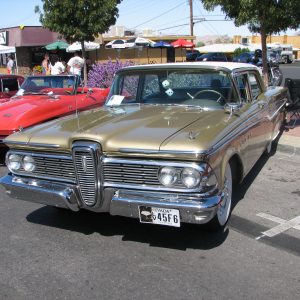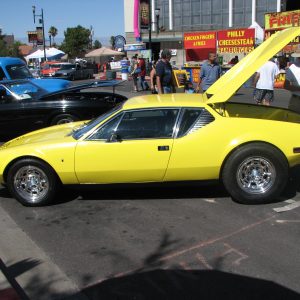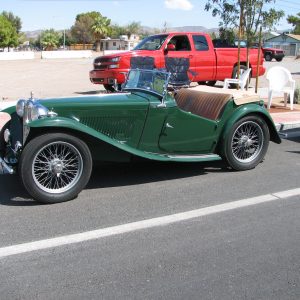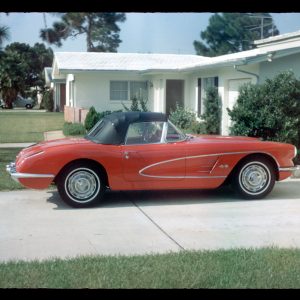
CLICK HERE TO SEND US YOUR HOT RIDES!
Please include at least one photo and a text file with a short description.

- EdselEdsel’s most memorable design feature was its trademark “horsecollar” grille, which was distinct from that of other cars of the period. According to a popular joke at the time, Edsels “resembled an Oldsmobile sucking a lemon”.
- PT CruiserThe PT Cruiser’s design was loosely inspired by the Chrysler Pronto Cruizer concept car, styled to recall the Chrysler and Desoto Airflow, the PT Cruiser’s back is slightly similar to the one that was made for the Chrysler CCV which was a retro-styled compact vehicle that was styled after the Citroen 2CV. The PT Cruiser was inspired by both of the previous-mentioned vehicles and had a high roof that was very reminiscent of the Chevrolet Advance Design trucks.
- ’73 PanteraSeveral modifications were made to the Pantera for the 1972 model year. A new 5.8 L (351 cu in) four-bolt main Cleveland Engine, was used with lower compression ratio (from 11:1 to 8.6:1, chiefly to meet US emissions standards and run on lower octane standard fuel) but with the more aggressive “Cobra Jet” camshaft (featuring the same lift and duration as the 428 Cobra Jet’s factory performance cam) in an effort to reclaim some of the power lost through the reduction in compression ratio along with a dual point distributor. Many other engine changes were made, including the use of a factory exhaust header.
- MG T-TypeThe T-type was capable of reaching almost 80 mph (130 km/h) in standard tune with a 0–60 mph time of 23.1 seconds. Allan Tomlinson won the 1939 Australian Grand Prix handicap driving an MG TA.
- The ‘VetteThe Corvette has become widely known as “America’s Sports Car.” Automotive News wrote that after being featured in the early 1960s television show Route 66, “the Corvette became synonymous with freedom and adventure,” ultimately becoming both “the most successful concept car in history and the most popular sports car in history.”








